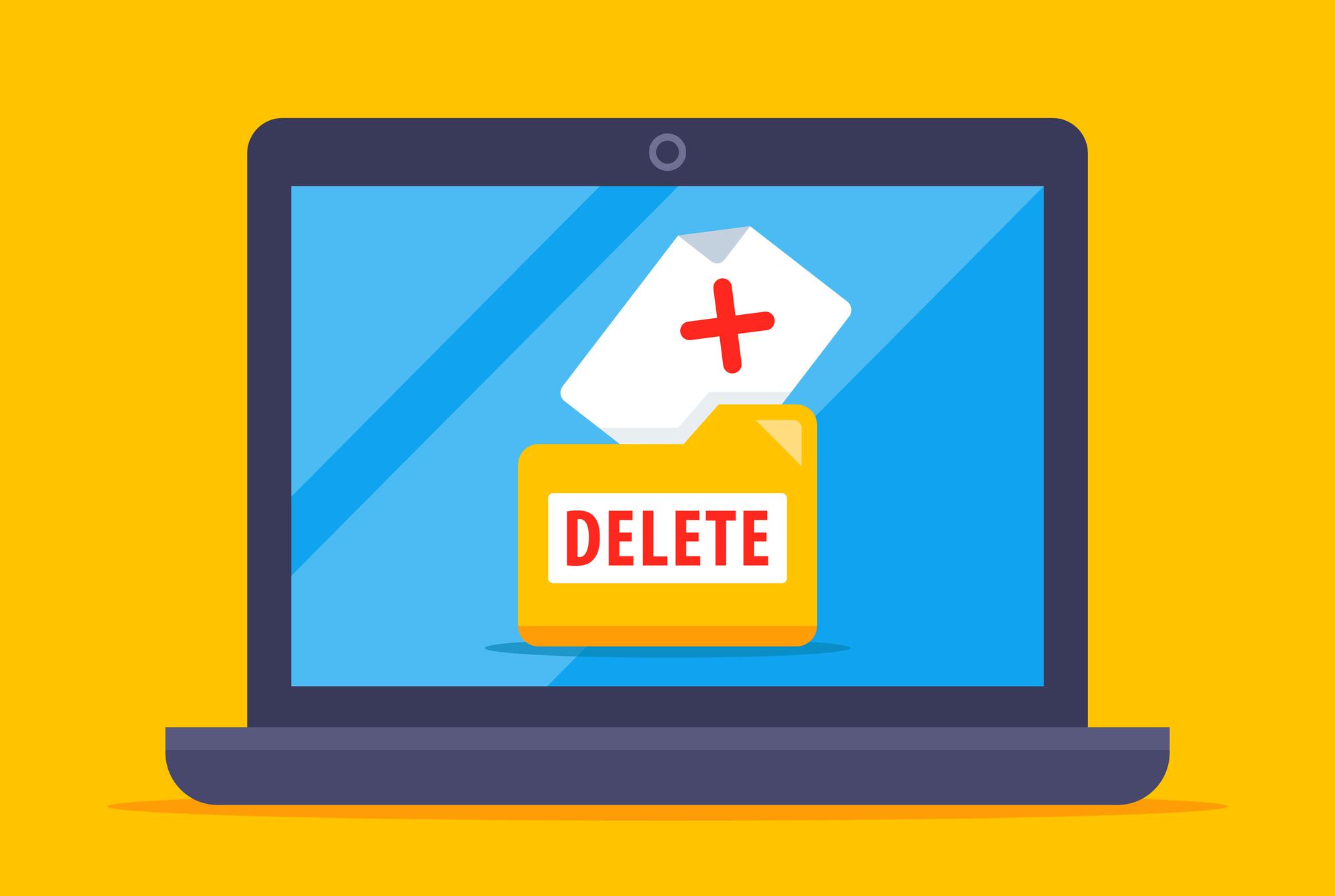October 4, 2022 | Posted in WordPress

Do you want to delete WordPress plugins from your website but are unsure how to proceed?
You will accumulate several plugins you no longer need as your site expands. You must remove these plugins and enhance the efficiency of your website.
Why Should You Deactivate a WordPress Plugin?
There are hundreds of accessible WordPress plugins, and you can install any of them on your site. However, you must also remove any WordPress plugins you do not intend to use.
WordPress plugins are similar to applications that may be run on a website. This gives them immense power over your website. While plugin creators strive to maintain the security and safety of their plugins, vulnerabilities may sometimes exist.
This implies that any plugin you do not use on your website may be a security risk, especially if they are not updated, which might result in security risks.
Keeping redundant files on your site can also increase the size of your WordPress backup, making it more time-consuming to download or restore.
You may install as many WordPress plugins as you need. However, if you are not utilizing a plugin, we feel you should remove it properly.
Difference Between WordPress Plugin Deactivation and Uninstallation
Deactivating a plugin is equivalent to turning them off when they are not in use. Many users are used to going to a plugin’s page and deactivating plugins they do not wish to use.
Deactivating a plugin without uninstalling it is useful for debugging and issuing repairs since it preserves settings and configuration should the plugin be reactivated.
However, consumers often discover another solution and never use the plugin again.
Having stated that, let’s examine how to delete a plugin from a WordPress website.
How to Remove WordPress Plugins
WordPress makes it quite simple to remove plugins from the administration panel. Log into your WordPress dashboard and navigate to Plugins > Installed Plugins.
You will get a list of the plugins presently installed on your site. Active plugins are indicated with a blue background, and a link to deactivate them is provided.
Inactive plugins, on the other hand, have a link to Activate or Delete them from your site. Click the “Delete” link underneath the plugin’s name to remove a plugin.
WordPress will now request confirmation that you want to remove the plugin and its associated data. To continue, please click the “OK” button.
WordPress will automatically uninstall plugins from your web server in a secure manner. You have now successfully removed a plugin from your WordPress website.
There are more actions you may take to uninstall the plugin completely. However, these steps are optional and are not suggested for novices.
Removing Additional Files Added by a WordPress Plugin
In most circumstances, uninstalling a WordPress plugin will entirely delete it. Some plugins, however, keep their data outside of the plugins folder. These files will not be destroyed when the plugin is uninstalled.
Using your WordPress hosting file manager or an FTP client, you may see and remove files saved by the plugin. Connect your website through FTP, then go to the /wp-content/ subdirectory.
Numerous backup plugins, gallery plugins, and slider plugins generate and save data directly in the wp-content directory. If you do not have a full WordPress site backup, download these files to your PC.
Then, using an FTP client, you may securely remove these files from your server.
Removing Unused WordPress Shortcodes
Many WordPress plugins add content to your posts or pages using shortcodes. As soon as you deactivate or remove a plugin, these shortcodes will become visible in your unsightly articles.
This is how a shortcode might appear in your content:
[pluginshortcode]
You may quickly deactivate shortcodes by adding this code to your theme’s functions.php file or a site-specific WordPress plugin.
False
This code restores the shortcode and prevents it from displaying anything. Don’t forget to substitute the shortcode tag used by the plugin you wish to deactivate for the plugin shortcode.
Note that you must delete this code if you intend to use this plugin again.
Cleaning the Database of WordPress
Certain WordPress plugins generate their database tables. If these tables include excessive data, your WordPress backup will be larger.
These tables may be deleted using phpMyAdmin. However, we urge you to use extreme caution while modifying the WordPress database.
When adding modifications to your website’s database, even the smallest error might damage your site. Before taking any action, it is strongly suggested that you have a comprehensive WordPress backup.
All of the WordPress hosting services we suggest provide cPanel and phpMyAdmin.
Log into your cPanel account and scroll down to the database area. The next step is to click the phpMyAdmin icon.
After that, pick the tables you want to remove by clicking on your database. After selecting the tables, click the “Drop” option to delete them.
You will now get a warning before deleting these tables. It would be best if you pressed the “OK” button to finalize the activity.
Now, phpMyAdmin will drop the tables and remove all of their data. Please note that this step is irrevocable; once the tables have been destroyed, they cannot be restored unless a backup exists.